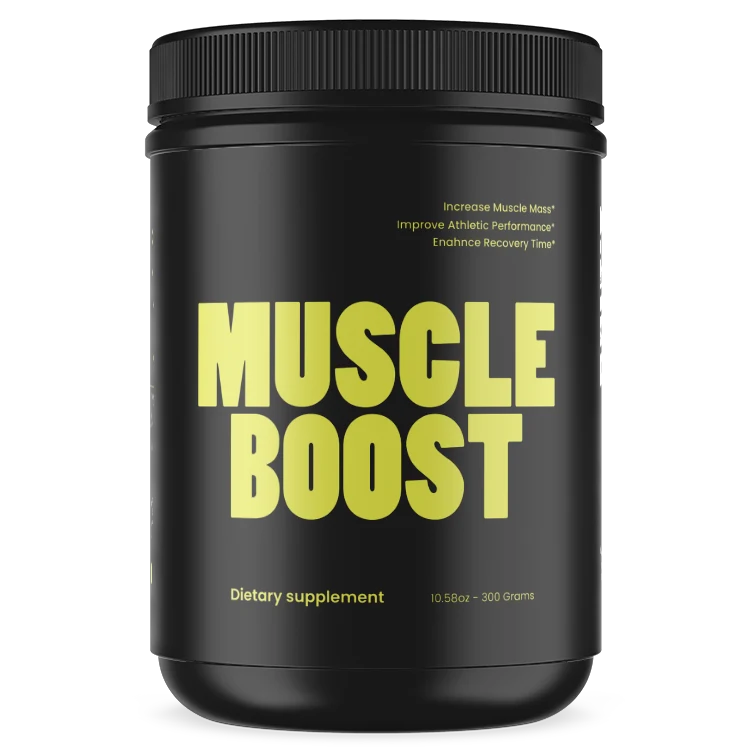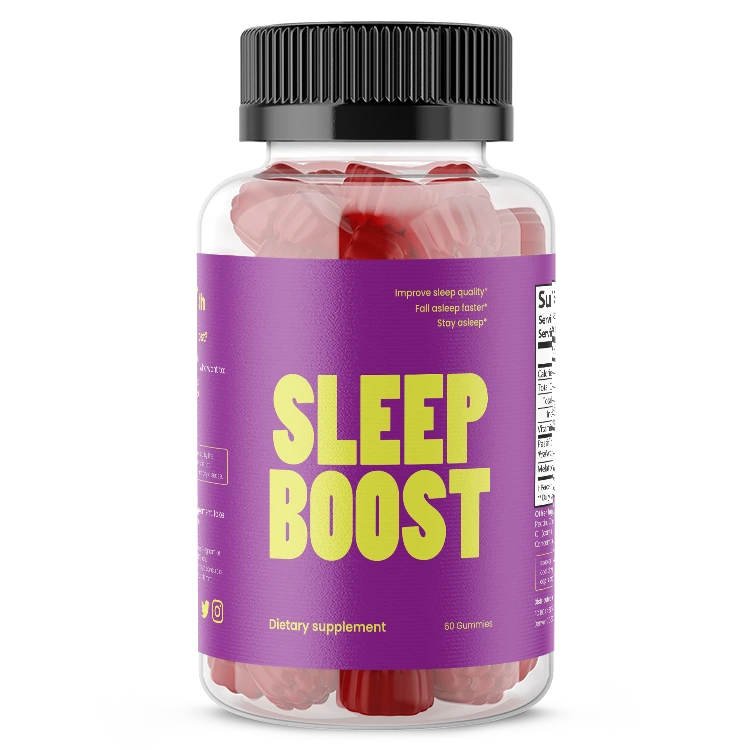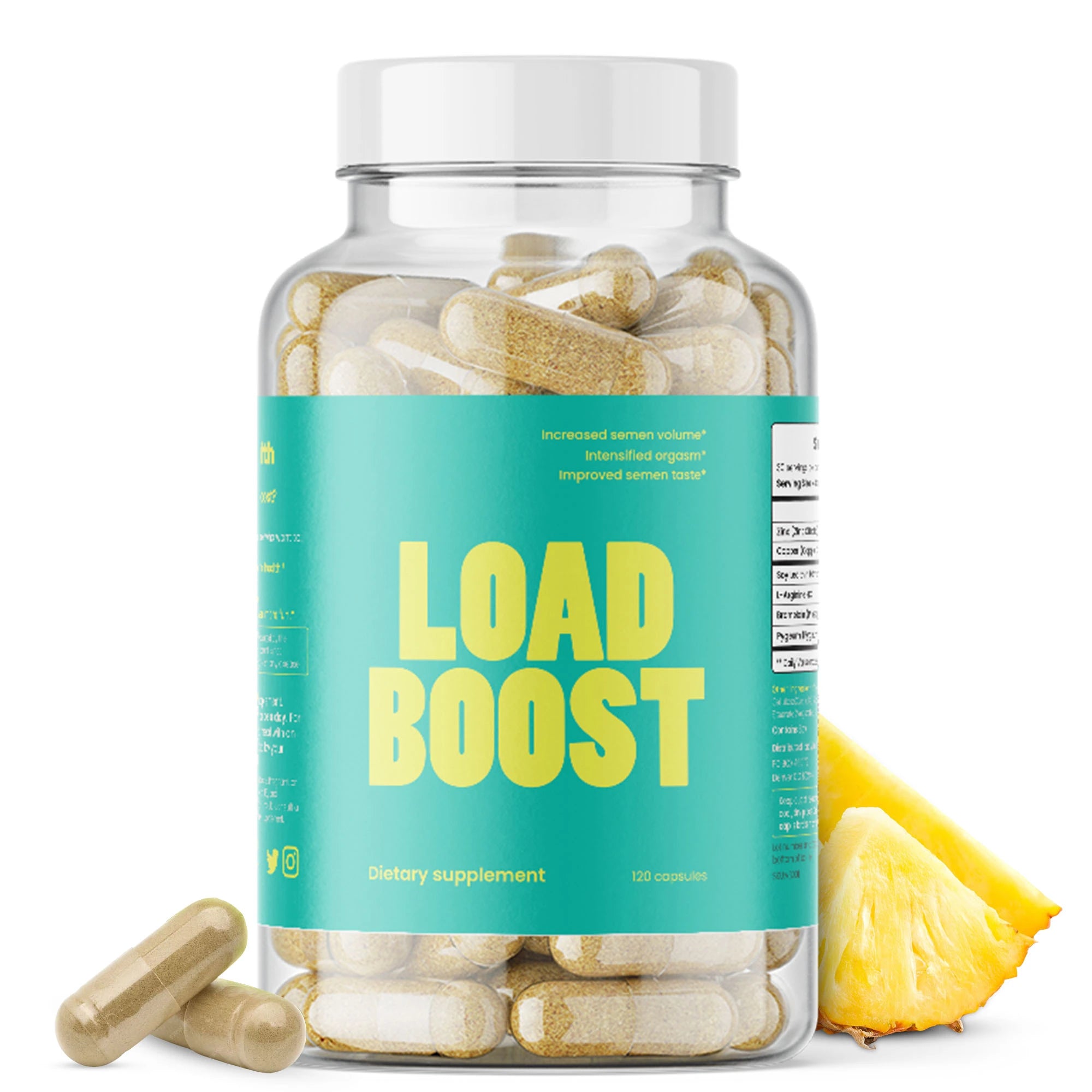Beyond its reproductive function, semen is a complex bodily fluid composed of a variety of components—including proteins. Rumors of semen's protein content have circulated for decades. But how much protein does semen actually contain? And is it enough to matter? The VB health medical experts look into the science behind this fascinating and misunderstood substance.
Breaking Down the Composition of Semen
Semen is far more than just sperm. In fact, sperm cells make up only about 1-5% of semen volume. The majority of semen consists of fluids from the seminal vesicles (65-75%), prostate gland (25-30%), and small contributions from the bulbourethral glands. According to the World Health Organization (WHO), the average volume of semen per ejaculation is 2 to 5 milliliters (mL), and semen volume will vary from person to person.
Semen is a biological cocktail containing:
- Water
- Fructose and other sugars
- Enzymes
- Zinc
- Citric acid
- Sperm cells
- Proteins and amino acids
The protein content, while measurable, is relatively modest when compared to common dietary sources.
How Much Protein Is Actually There?
The average protein concentration in semen is approximately 5 to 25 grams per liter (g/L), depending on factors like hydration, age, and individual health. Based on this range, a typical 3 mL ejaculation contains roughly 0.15 to 0.75 grams of protein.
To put this in perspective:
- One large egg contains about 6 grams of protein.
- A 3-ounce (85g) serving of chicken breast contains approximately 26 grams of protein.
- A single ejaculation contributes less than 1 gram of protein—less than 2% of the protein in one egg.
These numbers make it clear that, while semen contains protein, the amount is nutritionally negligible. If hitting your macros is your goal you're better off eating high protein low calorie foods, like eggs, meat, and other healthy protein sources.
What Kind of Proteins Are in Semen?
The proteins found in semen aren't just generic—they serve specialized biological roles. A comprehensive proteomic analysis published in the journal Proteomics (2005) identified over 900 distinct proteins in human seminal plasma. These proteins are involved in:
- Sperm motility and viability (e.g., semenogelin I and II)
- Antimicrobial defense (e.g., lactoferrin, defensins)
- Immune system modulation (to reduce the female body’s immune response to sperm)
- Fertilization support (e.g., prostate-specific antigen, PSA)
Semen’s protein profile is complex, optimized to protect and deliver genetic material effectively—not to provide dietary protein.
The Viral Myth: Can You "Drink" Protein from Semen?
Over the years, several viral internet claims and pop-culture jokes have suggested semen as a “protein shake alternative.” Nutritionally, this is misleading. Even at the higher end of the protein range (25 g/L), you would need to consume nearly 1 liter of semen to match the protein in a standard protein shake. That’s around 200 to 300 ejaculations worth.
This is similar to the urban legends that say semen is good for your skin, or is somehow relevant to skincare, which turns out to not be true.
From a dietary standpoint, semen is not a practical or meaningful source of protein. Its nutritional profile is overshadowed by common food sources and whey protein, although its unique cocktail of enzymes, minerals, and proteins continues to be of interest in fields like reproductive health and immunology.
Sources:
- World Health Organization, Laboratory Manual for the Examination and Processing of Human Semen, 5th Edition
- Pilch, B. & Mann, M. Large-scale and high-confidence proteomic analysis of human seminal plasma. Proteomics, 2006
- Kumar et al., Human seminal plasma proteome: Potential functional roles in male fertility. Reproductive Biology and Endocrinology, 2015
- https://pmc.ncbi.nlm.nih.gov/articles/PMC3619967/
- https://onlinelibrary.wiley.com/doi/full/10.2164/jandrol.04104
- https://www.ncbi.nlm.nih.gov/books/NBK564369/




